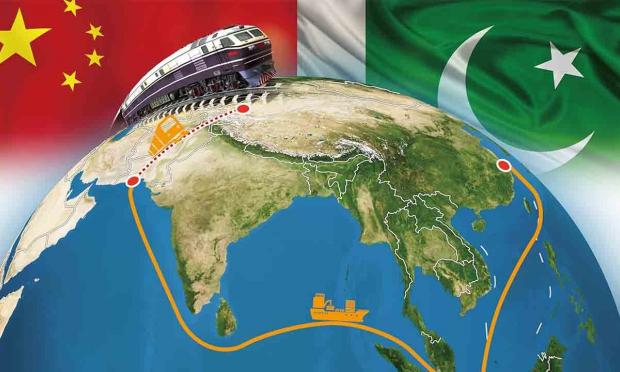After several delays and controversies, the China Pakistan Economic Corridor (CPEC) project has become a liability for Pakistan, the recent development show. Not even 50 percent of projects under the CPEC are ready even as the capital cost has increased significantly. Pakistan is supposed to repay the loan it has taken from China for the USD62 billion CPEC project—that is one-fifth of the country’s GDP. Recently, Saudi Arabia decided to shift anoil refinery project from Gwadar—a “crown jewel” of the CPEC project, causing the China-led infrastructure programme to lose its lustre.
Overall, the CPEC has seemed to have failed to create promised employment and increase wealth for the people of Pakistan. And now the Islamabad government is struggling to pay the loan back to China. All this
has put Pakistan in a precarious situation.
There are roughly 90-odd projects under the CPEC plan and most of them were supposed to be ready by 2020.1 However, in reality, just 19 could have been completed so far while 41 are still on paper. Even the energy sector, which was prioritised to address Pakistan’s power crisis, is lagging as just 9 of the total 22 power projects could have been built so far.
Now, the Islamabad government has constituted ‘Pak-China Relations Steering Committee’ to expedite the CPEC projects to prevent further cost overruns.
In 2015, the USD 46 billion CPEC project was unveiled during Chinese president Xi Jinping's visit to Pakistan, aiming to building new transportation and power infrastructure across the country. However, there have been allegations of China overcharging. A Pakistani government-constituted committee found that there were overpayments of about USD 3 billion for just two CPEC projects. Chinese power companies were earning 50-70 percent of profit as against the set limit of 15 percent for the power they generated, the committee found.
There have been charges that the CPEC benefitted China more than Pakistan. However, owing to a limited say the Islamabad government has had in the Chinese mega plan, the cost escalation happened unhindered but sparking a further rise in Pakistan’s public debt. The project cost now has ballooned to USD 63 though the entire project is not even halfway. International Monetary Fund (IMF) has already warned against the excessive loans saying Chinese debt was adding significantly to the current account deficit of Pakistan.
The total public debt in March 2021 increased to PKR 38 trillion, of which domestic and external debt stood at 53.6 percent and 26.1 percent of GDP. Now, Pakistan is a “danger zone” as both debt and liabilities accounted for
PKR 45.47 trillion at the end of March 2021, which is a whopping 109 percent of the country’s GDP.11The external debt of Pakistan has seen a sharp rise since the inception of the CPEC.
The Pakistan governmentdid not order a probe into the alleged corruption in CPEC-led power generation projects as it may not want to antagonise China. But it has requested China to delay payment of the scheduled installment of the CPEC loan owing to a crunch of equity funds. Highlighting the poor financial situation of the country, a Pakistani minister told Financial Times “Given the economic circumstances we are trying to seek relief wherever possible.”
When Pakistan cannot seek more loans nor raise funds from the open market, foreign investments in domestic projects looked to be analternative gateway. However, the CPEC despite its wide publicity hasfailed to attract foreign players. Even Saudi Arabia has decided to move its oil refinery project from Gwadar to elsewhere, probably, Karachi. It is said Gwadar could not be a feasible option for an oil refinery due to infrastructural deficiencies. Arif Rafiq, president of a political risk firm Vizier Consulting, said Saudi Arabia’s decision was a setback for Pakistan's plans for Gwadar to emerge as energy and industrial hub.Gwadar port puts
Pakistan in an advantageous position since it is situated at the cross- junction of international sea shipping and oil trade routes.
Similarly, it is important for China too in order to meet its energy needs at cheaper and faster way by connecting with the middle east directly through the CPEC corridor.1While Gwadar has lost the investment worth USD 15 billion after Saudi Arabia pulled out, now the progress of the CPEC’smega-investment project would be slow and incremental, Rafiq added.

Κόσμος
Ενημερώθηκε στις:
Pakistan’s financial crisis deepens due to cost escalations, corruption and poor investments in CPEC

Ακολουθήστε το Πενταπόσταγμα στο Google news













